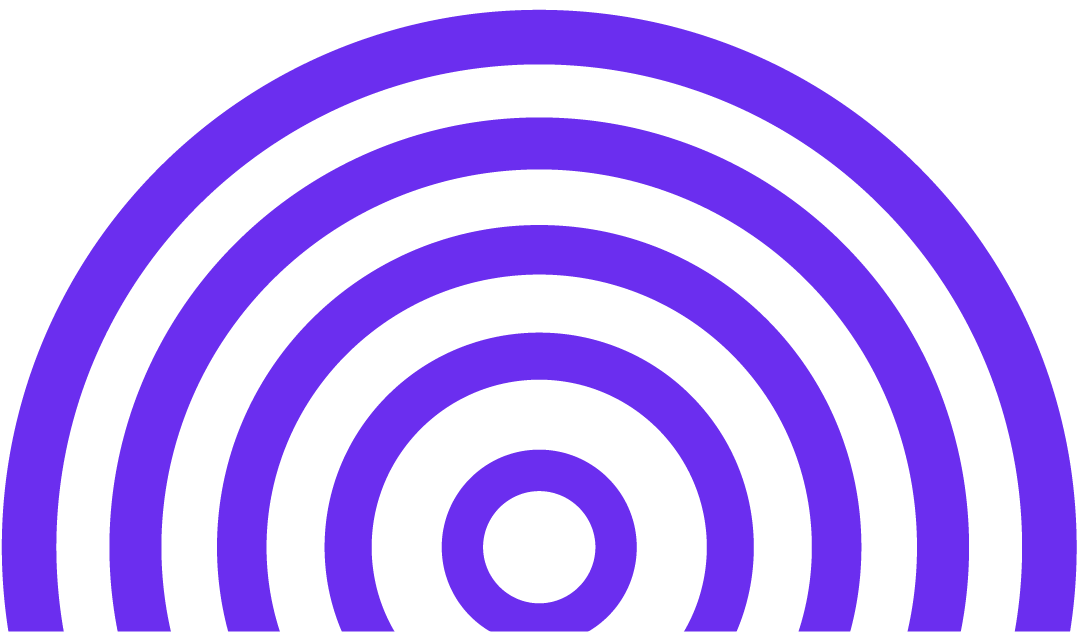
How to Optimize the Software Development Lifecycle

The Software Development Lifecycle (SDLC) is a crucial component in the creation of software products. This process is meticulous, with each stage demanding utmost attention to detail, skill, and knowledge. However, with the rise of more complex software needs and faster delivery expectations, optimizing the SDLC has become imperative. Below, we will explore various strategies and practices that can significantly enhance every phase of the SDLC, promoting a more efficient, expedited, and error-free software production process.
1. Employ Agile Methodologies
1.1 Agile Practices
Incorporate Agile methodologies like Scrum and Kanban to foster flexibility, collaboration, and customer satisfaction. Agile ensures continuous improvement through iterative development and focuses on user needs and feedback.
1.2 Sprint Planning
Divide the development process into small, manageable sprints, allowing for more focused work and quicker adaptation to changes, improving both product quality and time-to-market.
2. Integrate DevOps Practices
2.1 Continuous Integration
Utilize Continuous Integration (CI) to merge code changes regularly. CI detects errors quickly, improves code quality, and reduces the time to validate and release new software updates.
2.2 Continuous Deployment
Incorporate Continuous Deployment (CD) to automate the release of software to production. CD minimizes the time between writing code and deploying it, allowing for faster delivery of features and bug fixes.
3. Enhance Code Quality
3.1 Code Reviews
Conduct rigorous code reviews to identify and rectify errors early, enforce coding standards, and share knowledge among team members. Quality code is more maintainable, scalable, and less prone to bugs.
3.2 Static Code Analysis
Implement static code analysis tools to automatically scan code for vulnerabilities and errors, enabling developers to correct issues before they escalate into more significant problems.
4. Focused Testing Approach
4.1 Automated Testing
Automate testing processes wherever possible to save time and ensure robustness. Automated tests can quickly identify regressions and help maintain a high level of code quality throughout development.
4.2 Performance Testing
Regularly conduct performance testing to assess how the software behaves under various conditions and loads, ensuring optimal performance and user satisfaction.
5. Effective Project Management
5.1 Clear Requirement Definition
Define project requirements clearly and concisely. Clear requirements are crucial for understanding the scope and avoiding scope creep, ensuring the project stays on track and within budget.
5.2 Regular Communication
Maintain regular, open lines of communication among team members and stakeholders. Effective communication is key to identifying and resolving issues promptly and keeping everyone aligned on project goals and progress.
6. Efficient Resource Management
6.1 Proper Allocation
Allocate resources efficiently, balancing the workload among team members to avoid burnout and ensure that each member can contribute their best to the project.
6.2 Training and Development
Invest in the ongoing training and development of team members to keep them updated on the latest industry trends, tools, and best practices, enhancing their skills and productivity.
7. Prioritize User Feedback
7.1 Customer-Centric Approach
Adopt a customer-centric approach by actively seeking, valuing, and incorporating user feedback into the development process. User input can uncover unseen issues and provide insights into new features and improvements.
7.2 Usability Testing
Conduct usability tests to evaluate the software’s user interface and overall user experience, ensuring the end product is user-friendly and meets user expectations.
Conclusion
Optimizing the Software Development Lifecycle is not about cutting corners but about enhancing the process to produce high-quality software more efficiently. By integrating Agile and DevOps practices, focusing on code quality, employing focused testing, managing projects and resources effectively, and prioritizing user feedback, organizations can significantly improve their SDLC and produce successful software products that meet user needs and expectations, while also staying ahead in the competitive landscape.
Whether you are a startup or an established enterprise, optimizing the SDLC can result in faster time-to-market, reduced costs, improved product quality, and enhanced customer satisfaction. By adopting the above-mentioned strategies and maintaining a continuous improvement mindset, you can ensure the optimal performance and success of your software development initiatives.










